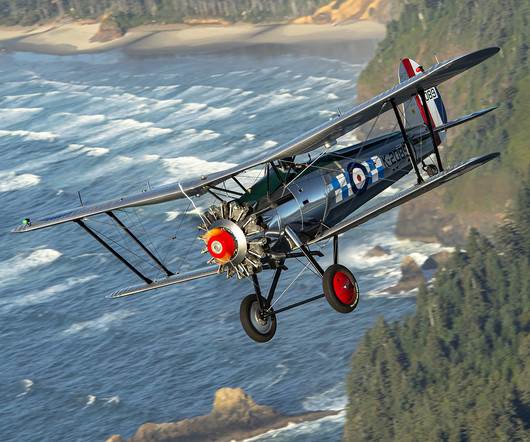Wingtip Vortices and Wake Turbulence
Pilot Institute
MARCH 28, 2025
When air flows over the aircraft wing, the shape of the airfoil creates low pressure above the wing and relatively higher pressure below the wing. When the aircraft encounters a vortex and its strong enough to induce roll, the pilot counters it by using the ailerons against the roll and tries to fly out of the wake as soon as possible.













Let's personalize your content